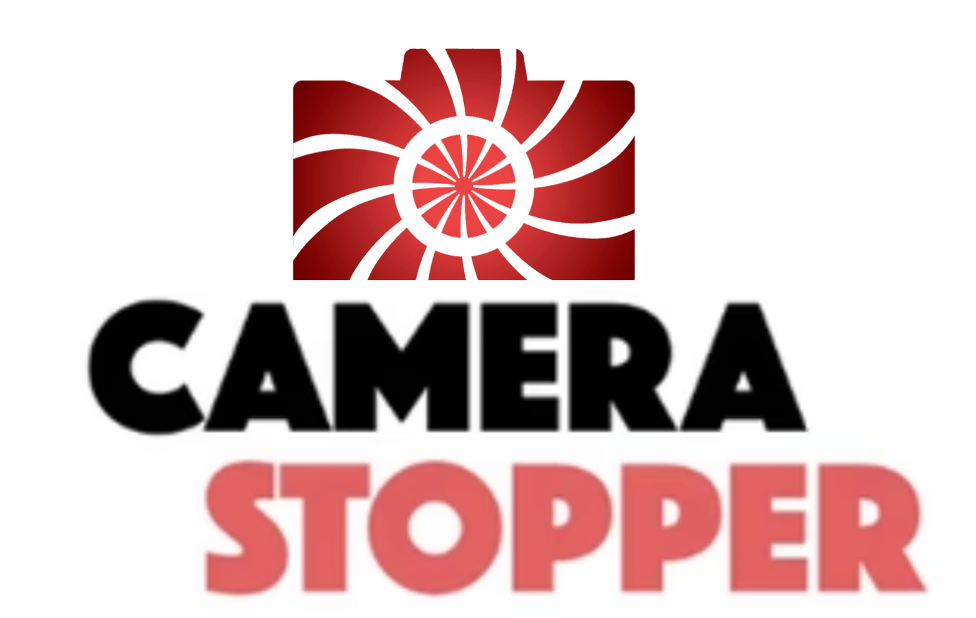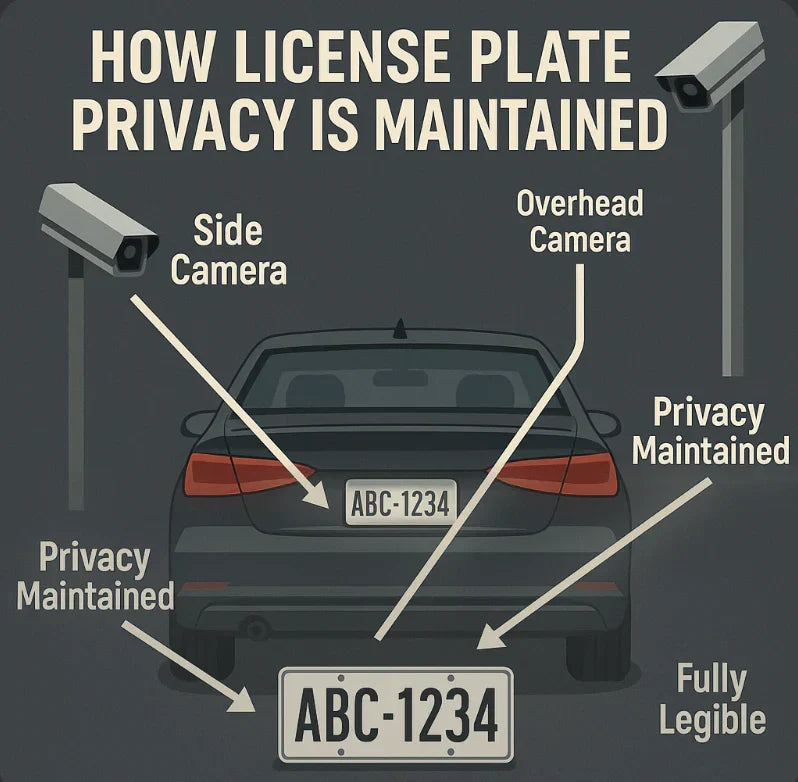How Camera Angles Affect Plate Visibility — And How Camera Stopper Defends Your Privacy
Most drivers assume that if their license plate is readable to the naked eye, it's equally visible — or vulnerable — to all cameras. But that’s far from the truth. Traffic cameras are rarely positioned at eye level. Instead, they’re installed on poles, traffic lights, or elevated arms, capturing plates from steep or diagonal angles.
This matters. Why? Because visibility isn’t binary. Depending on how light bounces off your plate and what angle it’s being viewed from, the legibility of your plate changes. This is the principle Camera Stopper is built on.
Our nano-lens covers distort your plate only at the angles most commonly used by red-light, speed, and toll cameras — while keeping your plate crystal-clear from behind, where it matters for safety and law enforcement compliance.

How Camera Angles Impact License Plate Visibility — And What That Means for Privacy Covers
Not all cameras see your license plate the same way. The effectiveness of a privacy plate cover depends heavily on where the camera is placed — directly behind your car or high up and off to the side. This post breaks down how camera angles interact with distortion lens covers and what that means for your on-road privacy.
📸 Surveillance Angles Explained
- Rear Angle (0°): This is what a human driver or traffic officer behind your vehicle sees — a direct, centered view. License plates with a blur cover remain fully readable from this angle.
- Diagonal Angle (15° to 30°): Common for red-light and speed cameras, which are mounted high and to the side of the road. This is where distortion technology in Camera Stopper’s lens covers begins to scatter light.
- Overhead Angle (45°+): Used by toll booth cameras, parking structures, and advanced surveillance systems. This steep angle is most affected by the nano-film layer, making plates harder to read.
🧠 How Distortion Covers React to Angled Views
Unlike tinted or mirrored plates that risk full obstruction, Camera Stopper covers work by redirecting and scattering incoming light at strategic angles. This approach keeps your plate readable when it needs to be — and protected when it doesn’t.
🚨 Why Angle-Based Protection Matters
Red-light, toll, and speed cameras are rarely placed directly behind you — they’re installed to catch your plate from off to the side or above. Without a distortion lens cover, your plate remains fully exposed from these angles, even if you’re not aware of the camera’s position.
🔒 Smart Privacy, Not Obstruction
Camera Stopper's nano-blur technology is designed to defeat automated enforcement while remaining compliant with laws that require rear readability. Our lens system is optimized to work with the angles used by the most common traffic cameras.

Camera Stopper System – Blur Lens Plate Cover
Designed to obscure your license plate from camera angles — while remaining fully readable from behind.
$34.95
Add to Cart🧭 Final Thoughts
Understanding how camera angles affect license plate visibility is the key to choosing the right protection. Don’t wait until you’re hit with a ticket — use physics to your advantage with a lens-based solution that works with how real-world surveillance systems operate.
Disclaimer: Always verify the legality of plate covers in your jurisdiction. Camera Stopper is intended for off-road and private-use scenarios where permitted.

